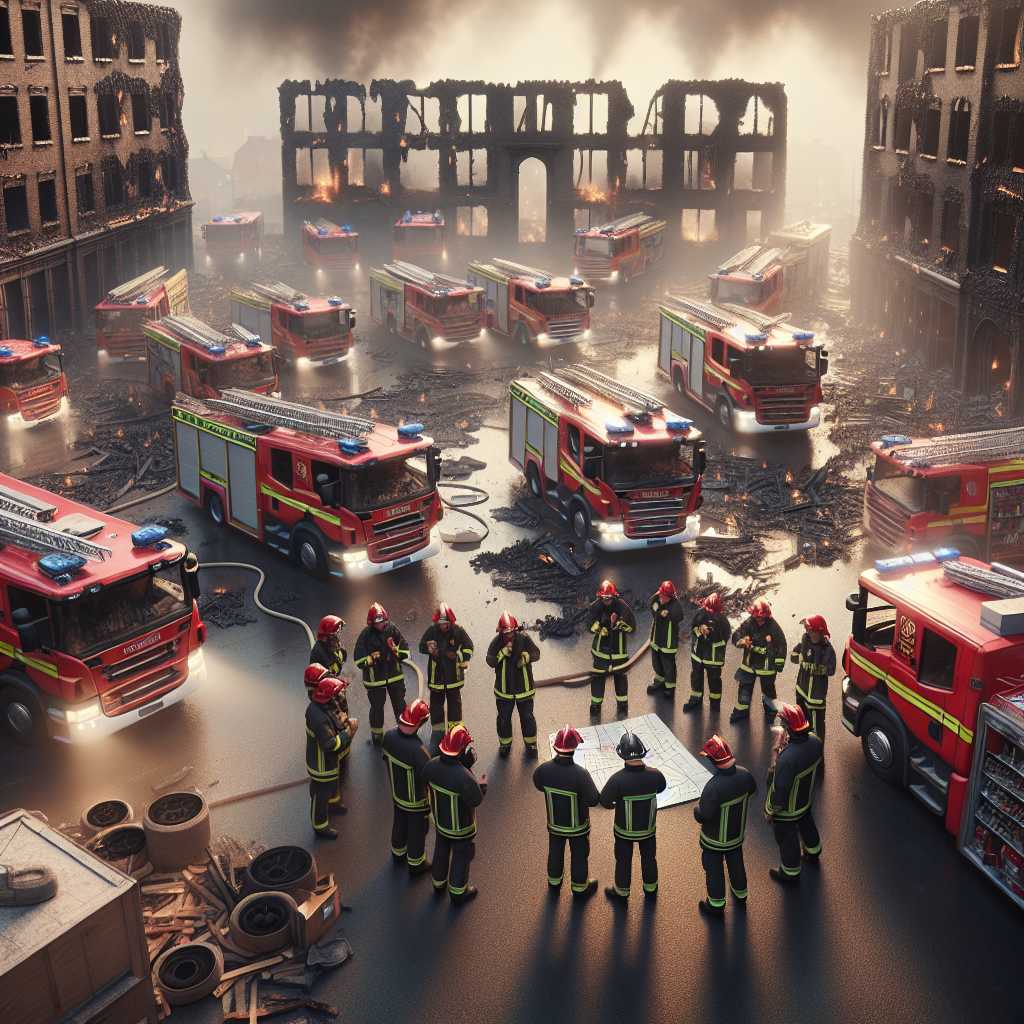### Comprehensive Discussion on the Oakland Fires
Understanding the Phenomenon: Oakland Fires
Fire is a destructive force that can devastate communities, economies, and environments. Understanding the various conditions that lead to fires in places like Oakland is crucial for prevention and effective response. Factors such as climate change, urban development patterns, and human behavior all play a role in the frequency and intensity of fires.
Oakland, California, has faced numerous fire incidents over the years, often prominent in the public’s attention due to their tragic consequences or significant impact. These fires include wildfires in surrounding areas such as the Oakland Hills, as well as urban structure fires like the Ghost Ship warehouse fire.
Historic Fire Incidents: The Oakland Hills Firestorm
In October 1991, a devastating wildfire known as the Oakland Hills firestorm or the Tunnel Fire, swept through the hills of Northern Oakland and parts of Berkeley. Weather conditions at the time – including high winds, low humidity, and drought-stricken vegetation – created a hazardous fire environment. The rapid spread of the fire led to widespread destruction.
The aftermath painted a bleak picture: 25 deaths, and over 150 injuries, along with more than 3,000 homes destroyed. The economic impact was significant, accounting for billions in damages. This event became a case study for urban interface fire management and prompted changes in firefighting techniques, prevention strategies, and community awareness programs.
Urban Fires: Case of the Ghost Ship Warehouse
In December 2016, the Ghost Ship warehouse fire brought nationwide attention due to its heavy human toll within an urban setting. A converted warehouse being used as an artist collective caught fire during an event, claiming 36 lives. The tragedy highlighted several issues around building codes, safety inspections, and illegal occupancy arrangements.
Following investigations revealed reports of unsafe conditions that were not duly addressed by authorities. This incident brought to light the risks associated with non-compliant buildings and emphasized the need for thorough safety inspections and oversight, especially in rapidly changing urban landscapes.
Fire Prevention and Safety Measures
Comprehensive urban planning and strict adherence to fire codes are essential in mitigating fire risks. Significant efforts following previous fires in Oakland have focused on ensuring safer building practices and improving emergency response strategies.
The Oakland Fire Department conducts community outreach programs to educate residents on fire safety practices. These efforts include vegetation management in high-risk areas to lower wildfire dangers. Also crucial is conducting regular building inspections to ensure adherence to safety standards.
Current State of Fire-Prone Areas
Efforts have been made to rebuild and restore areas previously affected by fires in Oakland. However, challenges remain due to increasing population density, economic disparities, which can contribute to substandard living conditions prone to fire hazards, and environmental changes characterized by prolonged dry seasons capable of nurturing wildfires.
To adapt to this increasing threat level, the focus is often on building resiliency and improving coordination among different agencies responsible for fire management and disaster response.
Emerging Technologies in Fire Management
Use of technology has become integral to firefighting efforts in modern times. This includes deployment of advanced firefighting equipment, use of drones for real-time surveillance aiding early detection of fires in remote areas. Employing geographic information systems (GIS) for tracking changes in land use, vegetation cover also contributes towards a proactive fire management system.
Developments in predictive modeling also assist departments by forecasting high-risk periods that require heightened preparedness. By integrating these technologies into operations strategies are becoming increasingly data-driven and efficient.
